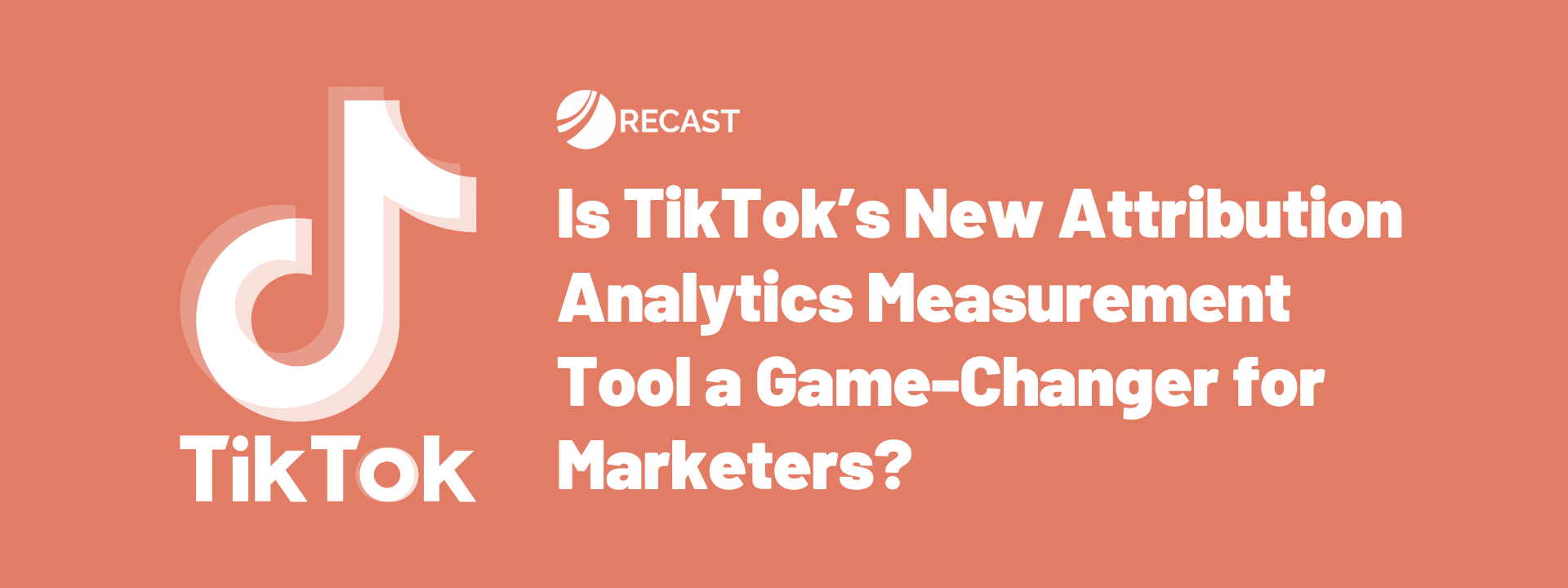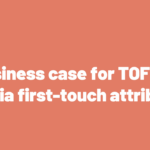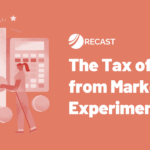TikTok’s new Attribution Analytics was just launched in September 2023 and it is meant to be a significant advancement in measurement solutions for media buyers – but is it?
According to TikTok’s team, traditional last-click models were failing to capture the full range of conversions driven by the platform. Their survey – which we will discuss whether it’s biased or not – claimed that 79% of conversions attributed to TikTok were missing from these models.
The new Attribution Analytics tool from TikTok should provide a more comprehensive view of the customer journey, including the multiple interactions and touchpoints a user may have with an advertisement before deciding to buy. Theoretically, this is valuable – especially on platforms like TikTok where users might see an ad, get inspired, but not immediately click to purchase.
The core feature of Attribution Analytics is Performance Comparison, designed to help advertisers identify the most effective attribution strategy for their campaigns. This tool should help marketers analyze and compare the number of events reported, and visualize the change in click-through and view-through conversions – all across different attribution windows.
It also incorporates first-party data, gives more granular insights into user behavior, and has a more custom measurement experience for marketers where they can define their own settings.
This all sounds great. TikTok thinking about measurement and attribution is a good step forward. But is this the holy grail?
Evaluating TikTok’s Attribution Analytics: Benefits and Challenges
We think you should look at TikTok’s new Attribution Analytics through a critical lens. While it might add some additional information on the day-to-day of your campaigns, it faces several challenges. Here are some of them:
1. It still relies on digital tracking
Privacy regulations like GDPR and CCPA create strict limitations on how companies can collect and use consumer data. For example, GDPR requires explicit consent for data collection, which means that a significant portion of users may choose not to provide this consent. This leads to a smaller pool of data that platforms like TikTok can access for analytics purposes.
2. It’s limited to in-platform data
Many digital marketing tools rely on cookies and other tracking mechanisms to gather user data across websites and platforms. However, privacy-focused changes in browser technologies and operating systems, such as Apple’s ATT framework, are limiting the use of these tracking technologies. With less effective third-party cookies, it becomes harder for platforms like TikTok to track user behaviors outside of their own environment, limiting their view to only what happens within their app.
The growing emphasis on user consent for data collection means that the data pool is not only smaller but also potentially biased. Users who consent to data collection might have different characteristics or behaviors compared to those who don’t, which can skew the insights you’re getting.
The effectiveness of attribution tools like TikTok’s relies heavily on tracking a user’s entire journey to conversion. However, as third-party data becomes less accessible due to privacy regulations, we are seeing a shift towards relying more on first-party data (data collected directly by the platform). While this data is valuable, it only provides insights based on interactions within the platform itself.
This means you’re getting only partial data and a fragmented journey map of what’s actually happening. If you’re a marketer looking at TikTok’s data to make budget-allocation decisions, you will only see a portion of the journey that happens on TikTok, but you’re missing out on all the other interactions that happen off-platform – it’s a very skewed attribution modeling.
3. It doesn’t really measure incrementality
Incrementality is the main thing you need to worry about as a marketer – what’s the relationship between your spend and a KPI (conversions, for example) on the other side. Because of everything we’ve discussed here, it seems that TikTok will only offer skewed incrementality insights. While you can (and should) get granular, campaign-level information, this doesn’t prove causality.
For example, a user might have been already inclined to purchase before seeing the TikTok ad, making the ad’s contribution to the final decision unclear. If this new tool heavily weighs last-click interactions or only interactions on TikTok, it will overstate the impact of these final touchpoints. This can lead you to misallocate resources or misinterpret the effectiveness of your campaigns.
4. Bias in Platform-Specific Analytics
A 2021 study by the Marketing Science Institute cautioned against the inherent bias in platform-centric measurement tools, arguing that they tend to overstate their effectiveness. This is just a bias and incentive problem: just like Google may be incentivized to prove the effectiveness of brand search and PPC, TikTok’s analytics tool may be biased to overvalue its influence on conversions. It’s something to, at least, be concerned about.
So, is TikTok’s new Attribution Analytics valuable?
Valuable? It can be. Just know how and where to use it – and what limitations it comes with. If it provides marketers with more information that can help drive day-to-day campaign iterations, that can be very useful. But does it show incrementality and should you base big budget decisions based on it alone? We don’t think so.
We at Recast believe in triangulation: using MTA, experiments, and MMM all in combination. We suggest adding it to the mix, but using all methods in combination to get a more holistic measurement and attribution view.



